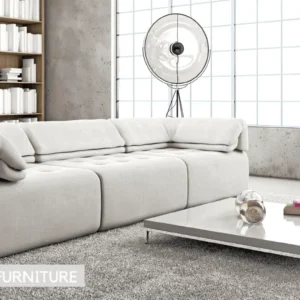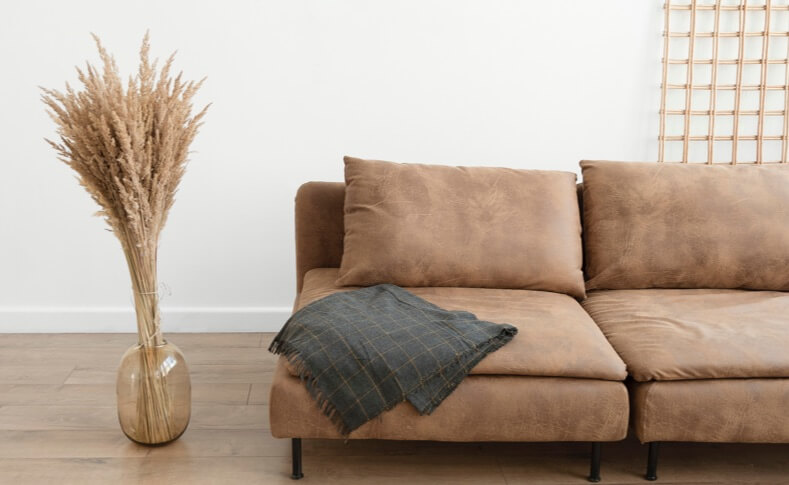Windows are often called the eyes of a home, and just like we style our eyes with eyewear, our windows deserve the same thoughtful attention. Selecting the right window treatments can significantly enhance the appearance, ambiance, and functionality of a space. Whether you prefer the clean lines of modern blinds or the elegance of classic curtains, one thing is clear: mistakes in selection or installation can ruin the effect.
Here are the most common window treatment mistakes homeowners make and how to avoid them.
1. Incorrect Measurements and Sizing
Accuracy matters. Think of ordering a tailored suit only to find the sleeves are too long; it’s frustrating and expensive. The same applies to blinds and curtains. Improper measurements can result in an awkward fit and a design that feels off-balance.
Pro Tip: Use a measuring tape carefully and double-check dimensions. If you’re unsure, ask a friend to help, or better yet, consult a professional to get it right the first time.
2. Prioritizing Style Over Function
While design is important, window coverings must serve a purpose. If your curtains or blinds only look good but don’t control sunlight or provide privacy, they’re not doing their job.
Remember: Excess sunlight can fade furniture and overheat a room. Choose treatments that combine both aesthetic appeal and practical functionality.
3. Ignoring Safety Concerns
Safety is often overlooked, especially in homes with children or seniors. Long cords from window blinds or curtains can pose a choking hazard, and operating traditional treatments may be difficult for older individuals.
Solution: Choose cordless or motorized blinds for added safety and convenience. They’re modern, sleek, and can be controlled with a remote or smart device.
4. Clashing with Existing Decor
Your window treatments should blend with your current interior design, not compete with it. Bold patterns might catch your eye in-store but could look out of place at home.
Quick Hack: Take a few photos of your room before shopping. Compare options and stick to colors, patterns, and textures that complement your existing furniture and wall colors.
5. Choosing the Wrong Material
Every room has unique conditions. For instance, wooden blinds may look beautiful, but they can warp in a humid bathroom. Similarly, delicate fabrics might not be suitable for kitchens or children’s rooms.
Golden Rule: Match materials to the environment. For humid areas, faux wood is a great alternative. It’s moisture-resistant and still offers a warm, natural look.
6. Opting for Cheap Over Quality
While it’s tempting to choose budget-friendly options, low-quality window treatments often wear out quickly. You may end up spending more in the long run on repairs or replacements. Advice: Invest in trusted brands known for durability and craftsmanship. Read reviews, ask for samples, and consider spending a little more for quality that lasts.
7. Overlooking Cleaning and Maintenance
Some window coverings require special care, like dry cleaning or delicate handling. Busy households may not have time for high-maintenance materials, and these can become dusty or stained over time.
Pro Tip: Choose easy-to-clean fabrics or machine-washable options if low maintenance is important. Roller shades, vertical blinds, or synthetic fabrics are ideal for effortless upkeep.
8. Ignoring the Home’s Architectural Style
Your home’s design plays a key role in choosing the right window treatments. For example, a modern apartment might look best with sleek roller shades, while a traditional home may suit heavy drapery or layered curtains.
Suggestion: Learn about your home’s architectural style before selecting window dressings. Harmonize your choice with the building’s character to create a consistent and stylish look.
Final Thoughts: Let Your Windows Tell a Beautiful Story
Window treatments are more than just decorative. They impact lighting, privacy, comfort, and energy efficiency. Avoiding these common mistakes will help you create a polished and practical interior, suited to your lifestyle and home design.
With a bit of planning and attention to detail, your windows can become one of the most striking and functional elements of your space. Take your time, make informed choices, and don’t be afraid to seek expert advice when needed.
Happy decorating!







